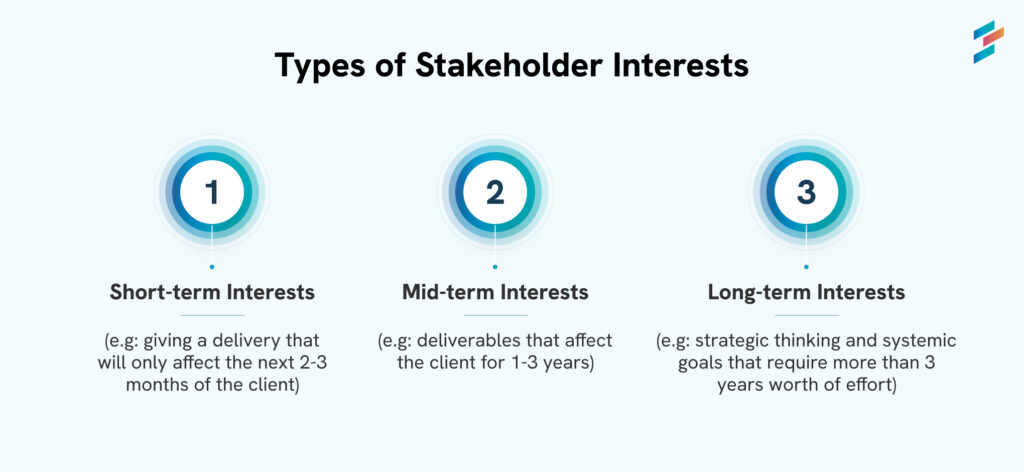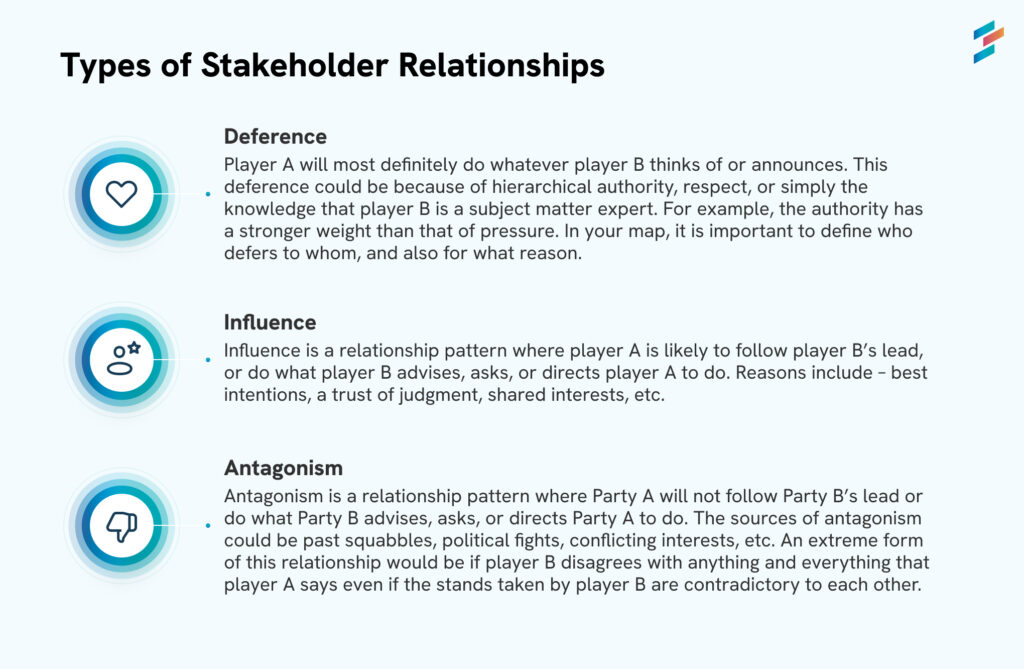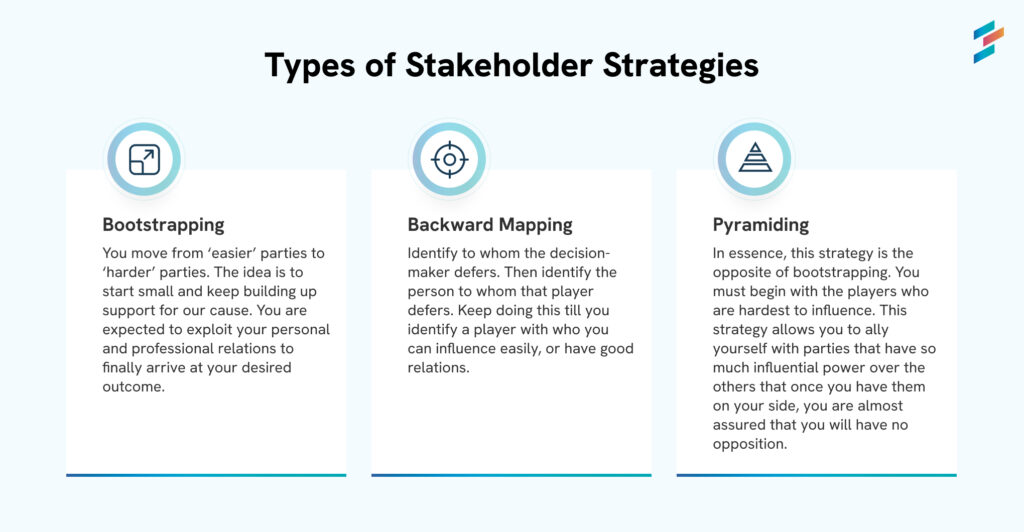Upselling, cross-selling, and the entire scope for your revenue expansion hinge on understanding the reality of relationships within your key account. Customer relationship mapping serves as a strategy that helps visualize these connections, offering critical insights that traditional methods like organizational charts can’t capture.
Relationship maps often employ a relationship heat map, which visualizes the strength of relationships using colours or line thickness.
For instance, strong, frequent interactions might be represented by bold lines, while occasional contact might appear as thinner or dotted lines. These relationship mapping examples demonstrate how identifying key influencers within a client’s ecosystem can lead to more effective engagement for successful outcomes.
Read on to learn how strategic relationship mapping tools help visualize account dynamics, offer valuable insights, and illustrate the informal networks that influence decision-making, workflow, and information dissemination.
Imagine this: A key account manager might discover through relationship mapping that the decision-making process in a major client company involves not just the C-suite but also influential middle managers and technical leads who have significant sway over procurement choices.
Armed with this insight, strategies can be tailored to engage all relevant stakeholders, ensuring comprehensive coverage and better alignment with the client’s needs.
Importance of a Relationship Map
A well-crafted relationship map provides a dynamic blueprint of the interplay between different stakeholders, helping organizations navigate internal politics, foster collaboration, and enhance communication.
It’s precious in scenarios such as managing change, driving sales strategies, or implementing complex projects where understanding the influence and roles of various individuals can significantly impact outcomes.
What is a Relationship Map?
A relationship map is a visual representation of the connections between individuals or entities within an organization. Unlike a traditional org chart, which outlines hierarchical reporting lines, a relationship map highlights informal networks—showing who communicates with whom, who holds influence, and how these connections impact business processes.
This strategic tool goes beyond surface-level interactions, uncovering hidden influences and connections that can drive decision-making, shape workflows, and even impact customer relationships. Understanding these informal networks allows key account managers to target the right people with the right messages, ensuring that sales strategies and stakeholder engagements are perfectly aligned with internal dynamics.

Key Components of Relationship Mapping and How to create a relationship map?
At its core, a relationship map consists of two fundamental elements: nodes and links. These components work together to provide a visual representation of the network within and around an organization.
Nodes represent individuals or entities. In a business context, a node could be a key account manager, a client contact, or even an entire department. The positioning and size of each node might vary to reflect the entity’s role or significance within the network.
For instance, a node representing a CEO might be more central and larger compared to one representing a junior staff member, signaling the CEO’s broader influence across the organization.
Links connect the nodes and show the relationships between them. These relationships could be professional, such as reporting lines or collaboration histories, or personal, reflecting mentorship roles or informal communication channels. The strength of a link often denotes the intensity or frequency of interactions between the nodes.
For example, a thick line might indicate regular collaboration on projects, while a dotted line might show occasional communication.
Additionally, attributes of these relationships are critical for a deeper understanding of the network dynamics. These attributes include:
- Strength: How strong is the influence or dependency between entities? A strong relationship might mean frequent interaction and significant influence on decision-making processes.
- Frequency of Contact: How often do the entities interact? Regular weekly meetings might suggest a closer relationship compared to quarterly check-ins.
- Influence Level: What is the level of influence of one entity over another? For example, a senior director likely has a high influence level over their direct reports but might also wield considerable informal influence over other departments
In practice, consider a relationship map created for a sales team. It might reveal that a salesperson frequently collaborates with the marketing team more than their direct sales colleagues, influencing product promotion strategies significantly. This insight can help managers adjust roles or support structures to optimize team performance.
The 6-step Process to Create a Business Relationship Mapping
1. Identify Objectives
Before you start mapping, clarify what you hope to accomplish. Objectives can vary widely, from improving sales strategies to enhancing internal communications or managing stakeholder relationships. For instance, a company might use a relationship map to identify key decision-makers in a client company to tailor their sales approach effectively.
Every client-side team will have various positions, which are demands made by certain individuals or parties. These positions stem from the multiple strong reasons that parties will have. This could be their needs, concerns, hopes, desires, and fears.
The closer your agreement is to the overall interest, the better the deal.

2. Gather Data
Collect detailed information about the individuals and relationships you need to include in the map. This involves not just names and titles but also the nature of their connections, the history of their interactions, and their influence levels.
Tools like surveys, interviews, and internal records can be useful here. In practice, a project manager might gather data from team members about their previous collaborations and areas of expertise.
The relevance or the pecking order of the individual or group is a subjective measure that will keep changing in the client’s lifecycle. This is why keeping this map updated is so important.
This is helpful because by clarifying your interests before a negotiation, you will be in a better position to define your goals for the negotiation.
Using this list, you can create a diagram that speaks about all the stakeholder groups and the individuals within them. This diagram should give you a fairly good idea for everyone who is involved.
3. Identify the Interests of the stakeholders within the account
After having made a list of all the relevant players, you must now analyze them. You will have to jot down these client interests in the same manner that you made a list of your interests. Identifying the interests of other parties will be a challenge. To help out in this process, you should start by listing out for each player, their needs, concerns, and fears.
This will be an educated guess based on what you already know about them in their positions, professional body language, and skill set. It also would be helpful to know what their expectations, perceptions of success, and BATNA are.
The good thing about this stage is that based on what you see for other players, you can realign your interests and priorities. Steer clear of cultural stereotypes and prejudices. Do not make any assumptions based on the player’s gender, ethnicity, etc.
After double-checking the assessment of their interests to avoid these stereotypes and generalizations, players’ key interests should be recorded on the diagram.
4. Identify the Relationship between the stakeholders in an account
You now know who the relevant players are, and what each player wants from the agreement. Now you need to identify and analyze all existing relationships between the parties. Professor James Sebenius of Harvard Business School has propounded three classifications of relationships.

These kinds of situations become highly sensitive ones for client servicing teams. There is a high degree of flexibility and subjectivity in this stage of relationship mapping.
5. Identify Coalitions
Identifying coalitions within the client organization can help you immensely in your agreement. You will know exactly whom to bring in, and whom to leave out of your negotiation efforts.
The coalitions that increase your BATNA are the desirable ones, and the ones that reduce your BATNA should be handled more cautiously.
For this identification, there is a simple exercise. Ask the following questions, and you can easily bucket players into coalitions: Who can directly or indirectly further your interests? Who can directly or indirectly hinder your interests? Bring the aligned ones closer, and handle the non-aligned ones with kid gloves.
6. Attack the stakeholder relationship map with strategy and tact
After the map has been created, it is up to you to make a clear plan of action for you and your team. There are overall 3 strategies that you can employ for this:

Benefits of relationship maps
Relationship maps are more than just visual aids; they are strategic tools that transform how an organization understands and utilizes its human networks. Here are some key benefits they provide:
1. Enhanced Communication within the Organization
Relationship maps clarify who communicates with whom and how often, which can significantly reduce misunderstandings and information silos.
For example, a relationship map might show that the product development team rarely communicates directly with the sales team, leading to gaps in understanding customer feedback. By identifying this gap, a company can establish regular inter-departmental meetings, ensuring that vital information flows freely and enhances product adjustments based on real-time sales data and other relevant info.
2. Streamlined Project Management
Effective project management depends on clear roles and responsibilities, and understanding the informal networks can be just as important as formal hierarchies. A relationship map can reveal hidden influencers or de facto leaders who can drive project success.
3. Facilitated Better Strategic Planning
Strategic planning benefits greatly from a clear understanding of the relationships within an organization and with external stakeholders. Relationship maps can highlight potential allies and resistors to strategic changes, allowing leaders to tailor their approach.
For instance, before launching a new company-wide initiative, executives might use a relationship map to strategize stakeholder engagements, focusing efforts on persuading key influencers first, which can accelerate adoption across the organization.
4. Improved Efficiency and Goal Achievement
By leveraging relationship networks effectively, companies can achieve their objectives more efficiently. A relationship map might show a direct path to a decision-maker in another company, bypassing lower levels that might slow down negotiations. This direct approach not only saves time but also increases the likelihood of favorable outcomes.
5. Risk Management
Understanding the network of relationships can also help in identifying and managing risks associated with personnel changes. If a relationship map shows that a particular employee’s departure could disrupt key operational or client relationships, proactive steps can be taken to mitigate these risks, such as cross-training or introducing redundancy in contact points. Additionally, relationship maps can be used to analyze and manage risks within a social network, such as identifying potential conflicts of interest or vulnerabilities in the network’s security. Relationship mapping can also aid in risk management by enhancing client retention rates, resulting in a 5% increase in customer retention and potentially 25-95% more revenue.
Relationship Mapping with DemandFarm
A relationship map delves deeper into the informal, sometimes unseen interactions that shape day-to-day operations and decision-making. It’s not just about who reports to whom, but about who talks to whom, who trusts whom, and how these connections influence business processes.
There are many tools that you can make use of to create your very own relationship map. One of the most popular ones in the industry today is DemandFarm’s Relationship Mapping tool. It is a phenomenal tool that is completely intuitive, easy to use, and has a very short learning curve. What’s more, choosing the right partner for your relationship mapping will ensure seamless integration with your existing CRM systems and quick and universal adoption within your teams.
DemandFarm’s relationship mapping tool helps you identify:
- Power and influence of the contact
- Type and strength of relationships between various contacts in the network
- The influence each contact exerts on the other contacts in the network
- Knowledge and information symmetry/asymmetry amongst internal teams
Some critical features that enable you to maintain dynamic relationship maps are:
- Drag and drop feature to create and update hierarchies so that everyone has autonomy and the ability to update the relationship map
- Easy to update and delete contacts from a relationship map
- Ability to sort and filter through contacts based on name, function, designation, knowledge, influence, etc.
- Ability to earmark and segregate the ‘easier’ contacts from the ‘harder’ ones
- Complete security to ensure that data leaks do not happen
- Everything is stored in the cloud so that there is no dependence on local machines or storage drives
Conclusion
Relationship mapping is a powerful tool for any organization looking to enhance its understanding of internal and external relationships
A relationship map is sometimes the only tool that key account managers need to make their mark and be successful in every negotiation they enter. If you think of your key account manager as a superhero, then think of the relationship map as their cape.
The relationship map you build is only a tool, the relationships you build are the assets.



